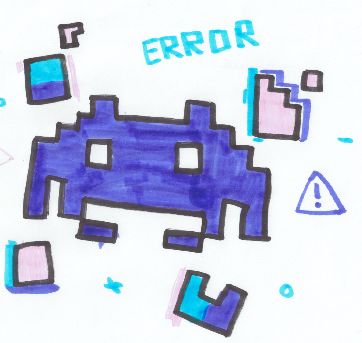Audio Presented by

Just trying to solve AI like everyone else. VLM, RL and self-driving researcher, Python developer, sometimes a manager
About Author
Just trying to solve AI like everyone else. VLM, RL and self-driving researcher, Python developer, sometimes a manager